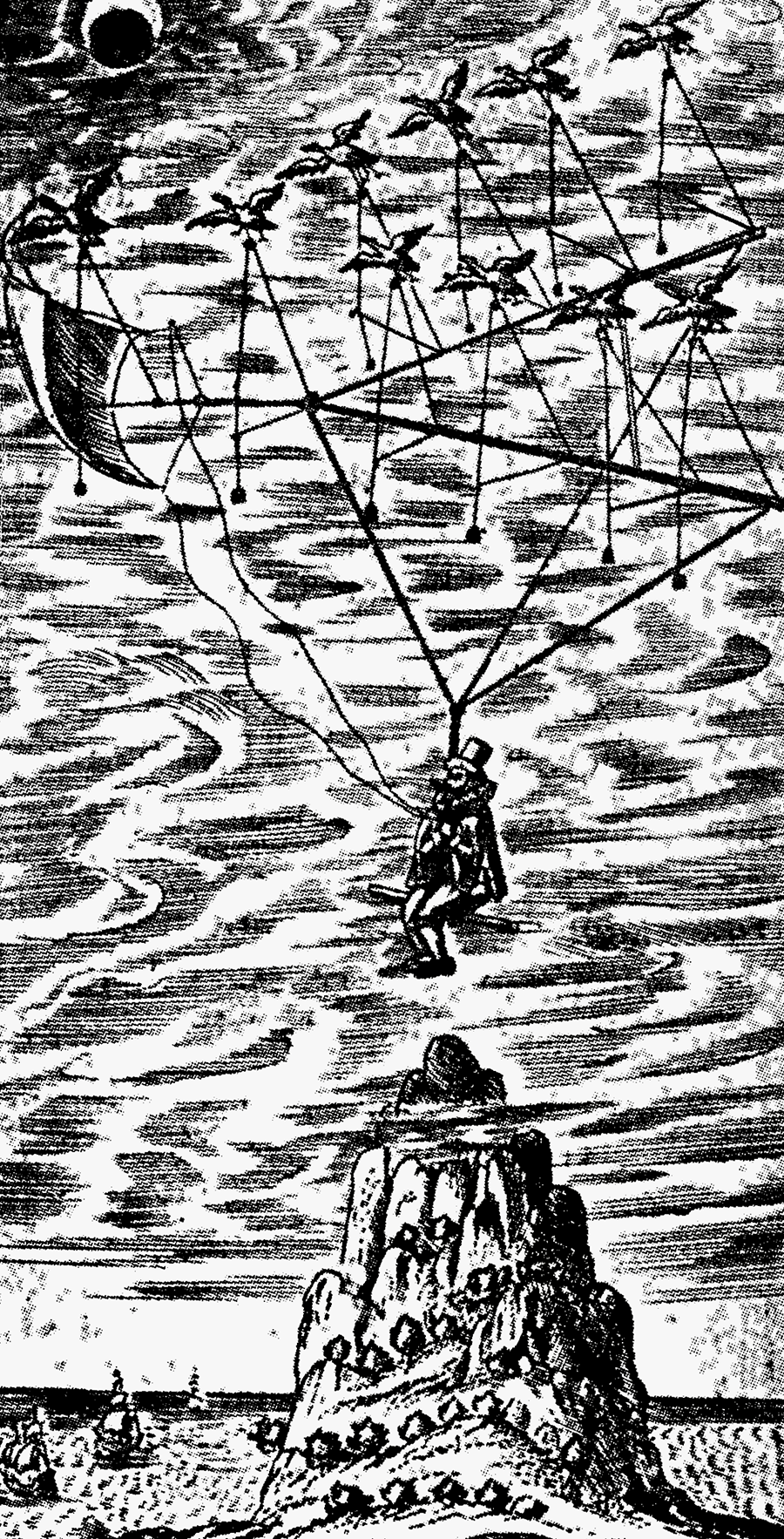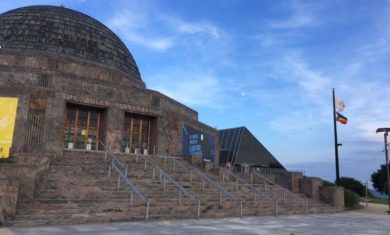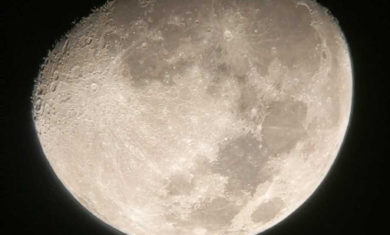Have You Ever Really Seen the Stars?
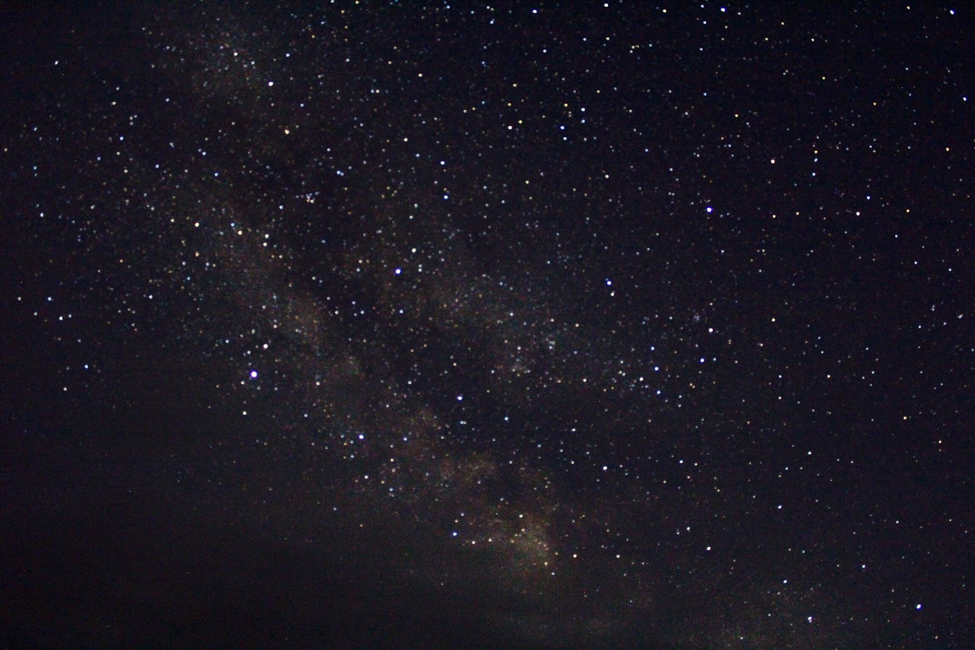
When was the last time you saw more than five stars in the night sky?
More than ten?
Twenty?
How about the Milky Way? Ever looked up a vast, hazy band of light that trails from one end of the night sky to the other and felt as though the heavens were reaching down toward you, pulling you in and washing away everything else around you?
I have.
And that is a feeling you can never forget. Whether you’re standing alone, or with people you love, or maybe even complete strangers, you’ll always remember the feeling of looking up and realizing just how vast our Universe is. Suddenly everything around you starts to feel very small. You’re one tiny human on one tiny planet in one tiny solar system in one of the two trillion observable galaxies so far estimated. WOW!
I was lucky enough to grow up in a place like rural Indiana where the night skies are so dark that you can see stars and planets—and even our galaxy—so clearly it almost feels like you’re viewing them in high definition. A canvas of darkness is lit up with millions of tiny dots of light, some flashing and dancing, others bursting with color.
However, in urban places like Chicago where light pollution is a problem, we’re not as lucky. Excessive light spills into the sky from streetlights, billboards, industrial and commercial properties, outdoor venues—among other places—making it impossible to see the twinkling stars above, even on cloudless nights.
Because of light pollution, many Chicagoland natives may go decades—if not a whole lifetime—without ever really seeing the stars! But there are ways to escape the fog and see the night sky.
You could visit a dark sky park—designated areas all over the world that restrict artificial light pollution. Or attending a star party—gatherings of star enthusiasts in areas with low light pollution. Or you could even hop in a car and drive away from the city and see how far it takes you to find your own patch of dark sky to look up and explore our Universe.
Here are stories from Adler staff who have sought out the stars!
Stories From Adler Staff
Michelle Larson, PhD, President
Table Mountain Star Party, Washington
My family and I cherish our trips to observe under the dark night sky. We particularly enjoy the community associated with attending a star party—a gathering of hundreds of people camped out to enjoy the sky together, each in their own way.
My husband is a big-telescope, hunting-faint-fuzzies, stay-up-all-night guy. Whereas, I enjoy turning my modest telescope over to my daughter (or others, since she now has a scope of her own), lying on a blanket and simply looking up. I’m not sure there is a better way to center oneself than to be in the dark, looking up, and a part of an invisible community of voices, “Where’s M51?” “Whoa, spiral arms.” “How do I find the Wild Duck Cluster?“ “What are you looking at?” “Hey, Jupiter’s red spot!” “Have you seen the Ring Nebula?” “Looks like a fuzzy Cheerio!” “I’m so happy.”
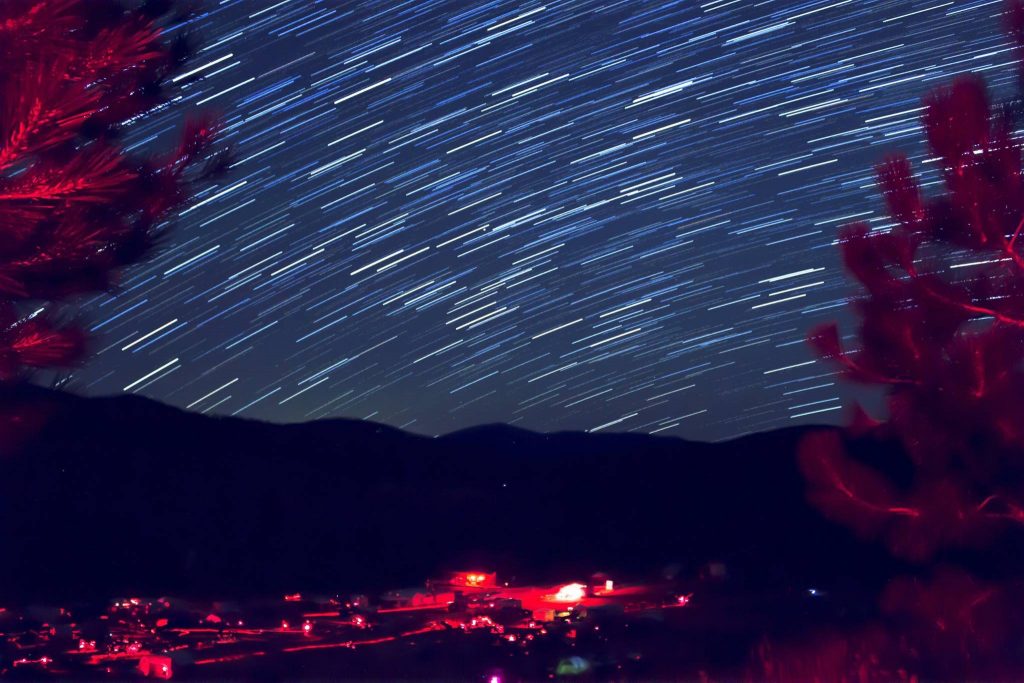
Photo Credit: Shane Larson
Mark Hammergren, Astronomer
Gran Quivira, New Mexico
I’ve taken several trips over the past few decades to Gran Quivira, NM, and that site has had the darkest skies I’ve ever seen—even better than those at the Apache Point Observatory. That was the only place I’ve ever seen M33 (or Triangulum galaxy) with the naked eye. The zodiacal light was also so bright it would interfere with seeing the faint deep-sky objects we were shooting for.
One time, while many of us were doing long-exposure astrophotography, we were furious when the ground lit up with moving shadows; we thought someone was driving up with their headlights on, a big no-no! But we looked up to see a huge meteor blazing across the sky. Anger turned to awe in an instant.
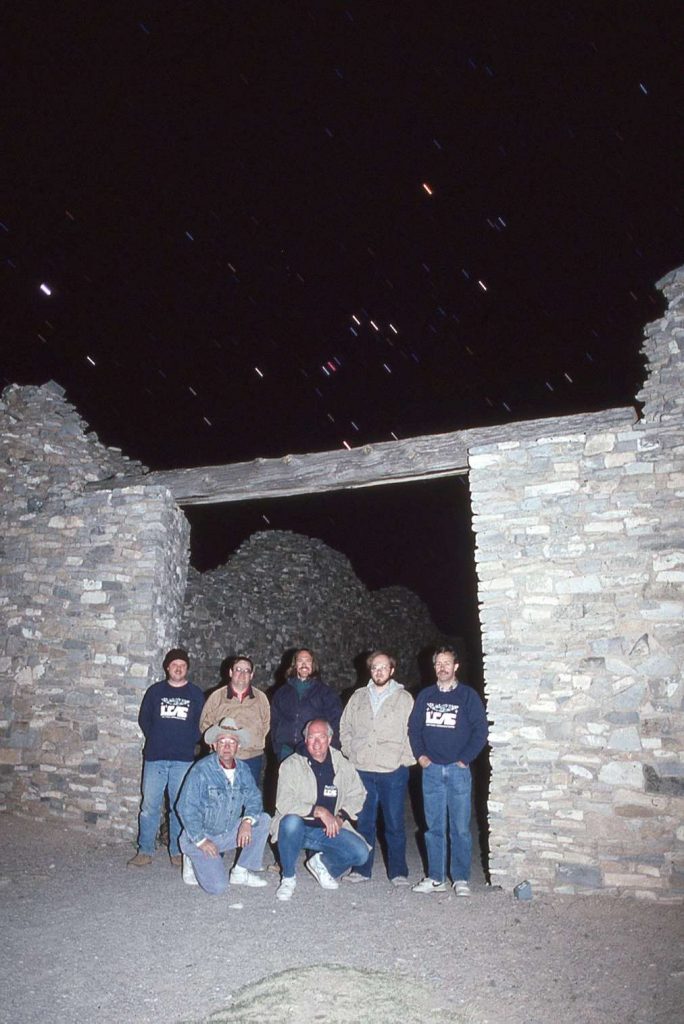
Photo Credit: Gary Smith, Lake County Astronomical Society
Michelle Nichols, Director of Public Observing
Dark Sky Festival @ Wood Buffalo National Park
A few years ago, I was an invited speaker at the Dark Sky Festival hosted by the Thebacha & Wood Buffalo Astronomical Society (
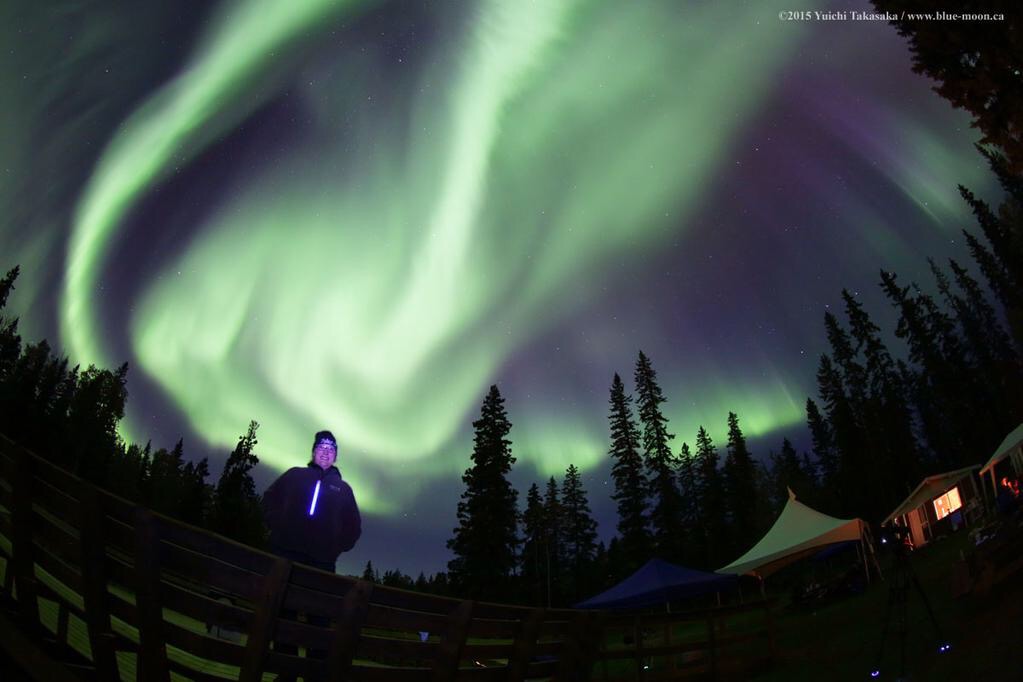
Photo Credit: Yuichi Takasaka
Meredith Stepien, Experience Developer
Sark Island, France
In July 2018, I went to Sark Island—the world’s first “dark sky island,” located off the coast of France. There are no cars on Sark Island and strict rules against outdoor lighting. It was easy to get to know the people there since the population is so small and the island culture lends itself to making new friends. My travel companions and I quickly bonded with our Airbnb hosts, regularly running into them and getting last minute invites to dinner or wine. We also had frequent run-ins with Sark’s Head of Parliament who insisted we meet him at his “second office” (a table at a local pub) for my friend’s birthday.
The people of Sark Island have a unique passion and appreciation for the night sky, and it’s not hard to understand why when you look up at their beautiful view of the Milky Way!

Photo Credit: Meredith Stepien
Don’t worry; you don’t need to travel around the world to get a glimpse of the Milky Way. For an easy adventure, Chicagoans can get their own dark sky fix just two hours away from downtown Chicago. Illinois’ only official dark sky park, Middle Fork River Forest Preserve, was officially designated in 2018 and is gearing up to kick off its new designation with some exciting spring events, including Discover the Night Sky on Saturday, April 13.
Or, if you can’t make it out of the city but still want to look up, check out one of the Adler’s upcoming Doane at Dusk or ‘Scopes in the City events—we might even be in your neighborhood!
Have you seen the stars? Share your favorite photos of the night sky with us on social media by tagging us (@AdlerPlanet) on Instagram and Twitter!




